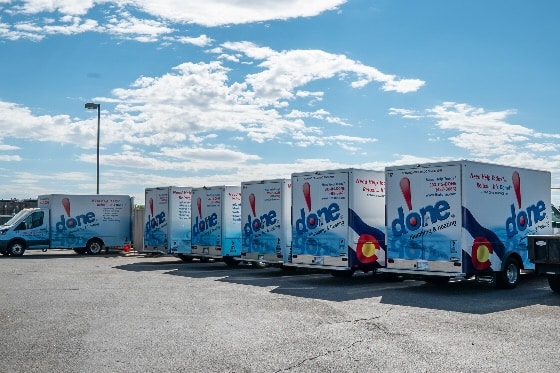Enhancing Productivity with Conveyor Systems
Are you a commercial or industrial business looking for a way to increase productivity and make your business more efficient? If so, a conveyor system might just be the answer. Once found exclusively in large, high volume manufacturing plants, innovations in conveyor systems led to their use in a broader variety of commercial and industrial applications. Today’s conveyor systems are not only adaptable and reliable, but also extremely efficient. This empowers many businesses to significantly cut back on labor costs and increase profits and productivity. As a result, more and more businesses are installing conveyor systems to save money. A few of the more popular applications of conveyor systems include:
- Manufacturing – Conveyor systems are used in practically every manufacturing process. From large machinery to electronic devices to everyday goods, conveyor systems help manufacturers produce a high volume of products very quickly and at a fraction of the price when compared to using traditional laborers. This allows the manufacturers to provide consumers with much more affordable goods.
- Mining & Agriculture – Used to transport mined materials as far as several miles, conveyor systems are an essential part of most large scale mining facilities and processing plants. Conveyor systems are also used in agriculture to transport corn and grains into silos for storage.
- Food Processing – Similar to goods manufacturing, food processing plants use conveyor systems to produce large quantities of food products quickly and uniformly. These automated systems help manufacturers maintain high levels of quality control while keeping production costs low.
- Food Service – A growing number of fast food restaurants are making use of conveyor systems to reduce food preparation times. For example, more and more pizza delivery franchises use conveyor systems to cook pizza orders. The conveyor systems allow for several pizzas to be cooked at once and in significantly less time than a traditional pizza oven.
- Commercial Businesses – Conveyor systems have been used in commercial businesses for many years. Dry cleaners, for example, use conveyor systems to store and track customers’ orders.
- Warehousing and Distribution – Large distribution centers such as Amazon.com use conveyor systems to pull, pack and ship orders at lightning speed, enabling them to service more customers much faster and more efficiently than ever before.
- Transportation – A growing number of transportation companies are implementing conveyor systems for handling passengers’ baggage. While many airports have been using conveyor systems in this manner for years, many transportation companies have begun investing in state-of-the-art conveyor systems to handle an ever increasing volume of baggage.
Due to the high speed most conveyor systems operate at and the large volume of products or materials they manage, proper installation and maintenance of these systems are crucial. Today, most conveyor systems use a complex array of sensors to inform specialized computer systems known as programmable logic controllers (PLC) the status of the conveyor systems. These PLCs uses this information to control the conveyor system and keep it running efficiently. A conveyor system that is improperly installed or sensors that aren’t calibrated correctly can result in all kinds of problems. One good example is the failed baggage handling system at Denver International Airport.
When it comes to your conveyor systems, look to the team at Done to ensure your conveyor system is installed and maintained properly. Your safety and satisfaction are our top priorities. Our staff of experienced, licensed and insured electricians can install your conveyor system right the first time saving you valuable time and money. To keep your conveyor system operating at peak efficiency we also offer custom commercial service contracts to fit your needs and your budget. Contact Done today for all your conveyor system needs and keep your production lines and profits rolling.










